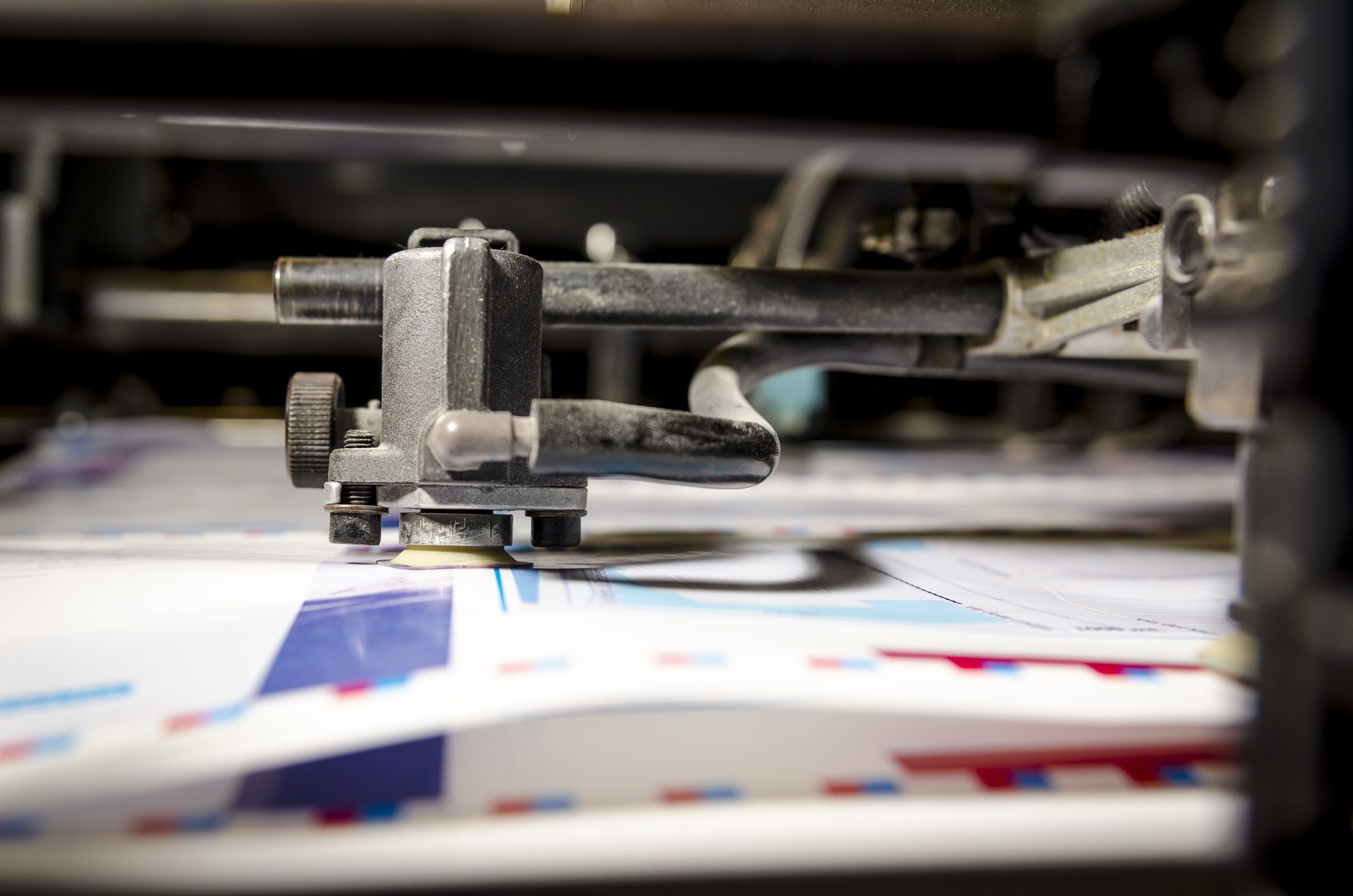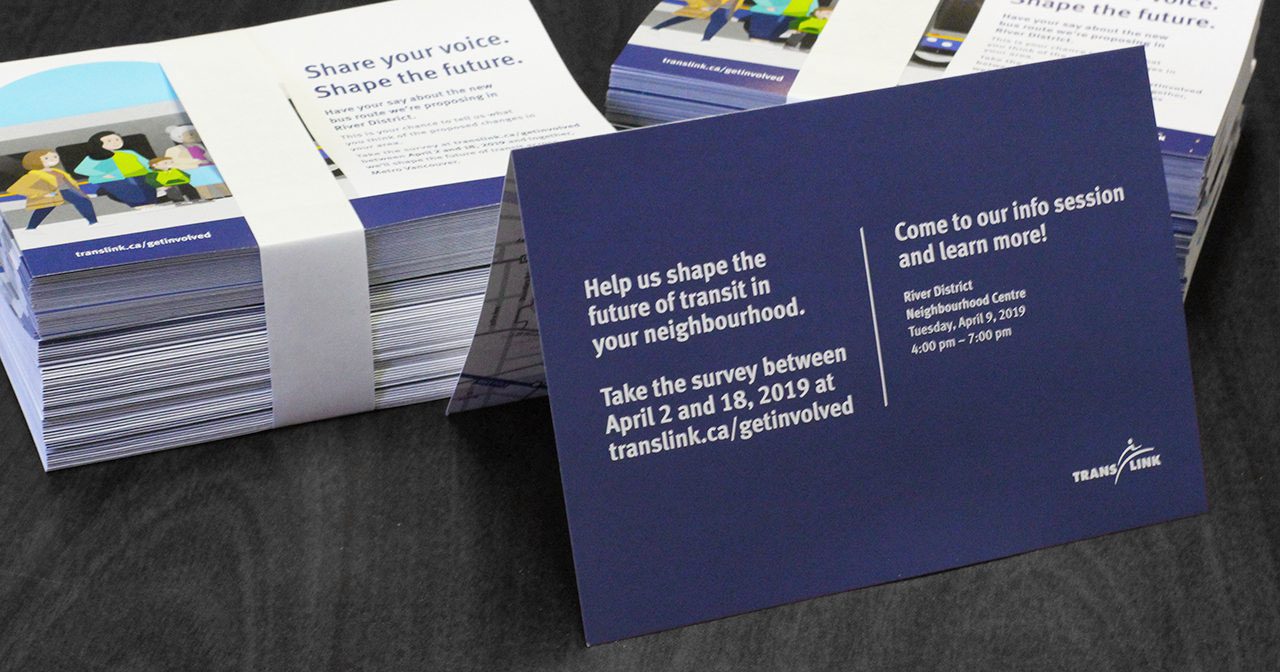 You’ve probably heard a lot about some of the wild new digital printers on the market these days. But is this just another case of “if it ain’t broke, don’t fix it” within the industry?
You’ve probably heard a lot about some of the wild new digital printers on the market these days. But is this just another case of “if it ain’t broke, don’t fix it” within the industry?
Offset printing, as we know it, was invented in the early 1900’s and is still widely popular.
So why should you make the jump from offset to digital?
Come along as we go through weighing the pros and cons of offset printing vs digital printing.
For Those Looking for Perfection
There’s no doubt about it – offset printing will provide you with higher quality printing. From colour consistency to smooth imaging on the sheet, you can be sure that you’ll get exactly what you were expecting and more. This is because offset printing uses ink out of a can. Offset printing also has a higher quality image due to its efficiency with the rubber plate and the quality of the ink that hits the paper.
Digital printing, on the other hand, uses toner and combines a mixture of Cyan, Magenta, Yellow, and Black (CMYK) dots to create the colours. Some colours are more difficult to mimic than others. Therefore, without using the exact ink for each pantone, the colour can vary slightly from run to run.
A major downside of offset printing is that the proof for your project is basically set in stone. What happens when you need to make a change on the fly? Digital is much better in this instance. It’s as simple as sending a revised file to the press. Within a few minutes, the change can be made without affecting the production line. Offset, however, will require the press to be cleaned up and the plates to be remade by prepress. Once you have your proof, there is no room to change it before it is set into production.
Wouldn’t you want to go back and make some changes if you saw a spelling error or a low-resolution image?
This is one of the reasons why digital print can be so attractive. Before moving forward with your job, you can see the sample PDF of the print that you are about to make so you will know if there are any last-minute changes.
The Cost/Quality Conundrum
When considering offset printing vs digital printing, the answer often comes down to quantity. While you’ll likely get better quality from offset printing, it requires more time and resources to set up, meaning that it’s only cost-effective when running higher volumes.
As Adewale Amusa, a Print and Digital Consultant explained to Linkedin, “unit cost goes down as the quantity goes up, this ensures cost-effectiveness in high volume jobs. Since offset printing uses plates, every print job has to be made into a plate, and the press has to be individually set up for each individual job. This process costs money and adds an upfront fee to your print job regardless of quantity.”
For this reason, offset printing is more efficient and cost effective than digital printing for projects such as mass-producing booklets and brochures.
With that said, its fickleness as a printing method compared to digital leaves a lot to be desired.
Overall, from a cost perspective, a rough average we use is anything over 1,000 impressions makes more sense to print offset. Under 1,000 impressions will be more suited for a digital press.
When You Need it Yesterday
In terms of convenience, digital printing is a more adaptable choice.
Digital printing recognizes the PDF image that you feed it and distributes the color and patterns onto the page with laser jets or inkjets to create your desired images.
On the flipside of the coin, offset provides more accuracy and quality in image color, yet has a longer setup time for each job.
What about those small projects you perform every day that requires more of a human touch? The answer for this is digital. The turnaround time will be days instead of weeks and require less back-and-forth.
So you may need to ask yourself: Is quality more important than turnaround time when thinking about offset printing vs digital printing?
With Digital, the Sky’s the Limit
Does your print project require any personalization (i.e. addresses for mailers or names on business cards)? The more you need to customize your order, the more plates you’ll need for an offset press, making digital a much better option.
By being able to customize your jobs before you print, digital printers have become the norm.
As we have said before, offset printing is responsible for the vast majority of large-scale printing jobs around the globe.
But digital printing is gaining popularity with its many advancements over the years.
Just think of the possibilities of what these new 3-D printers could end up making. I mean, we’ve already been able to print a car using digital printing technology!
At the end of the day, an offset printer may suit the scale of production your printing job asks for, but it may be in your best interest to weigh in new innovation when choosing a print method.
There you have it – The Pros and Cons of Offset Printing Vs Digital Printing!
When it comes down to it, it really depends on the size of the job and the quality you are looking for when printing your projects.
Digital will provide you with the speed, flexibility, and affordable price you’re looking for on small print runs. On the other hand, offset will provide your larger print runs with higher quality and better colour consistency.
If you have any more questions regarding offset printing vs digital printing, feel free to send us a message through our contact us page.


